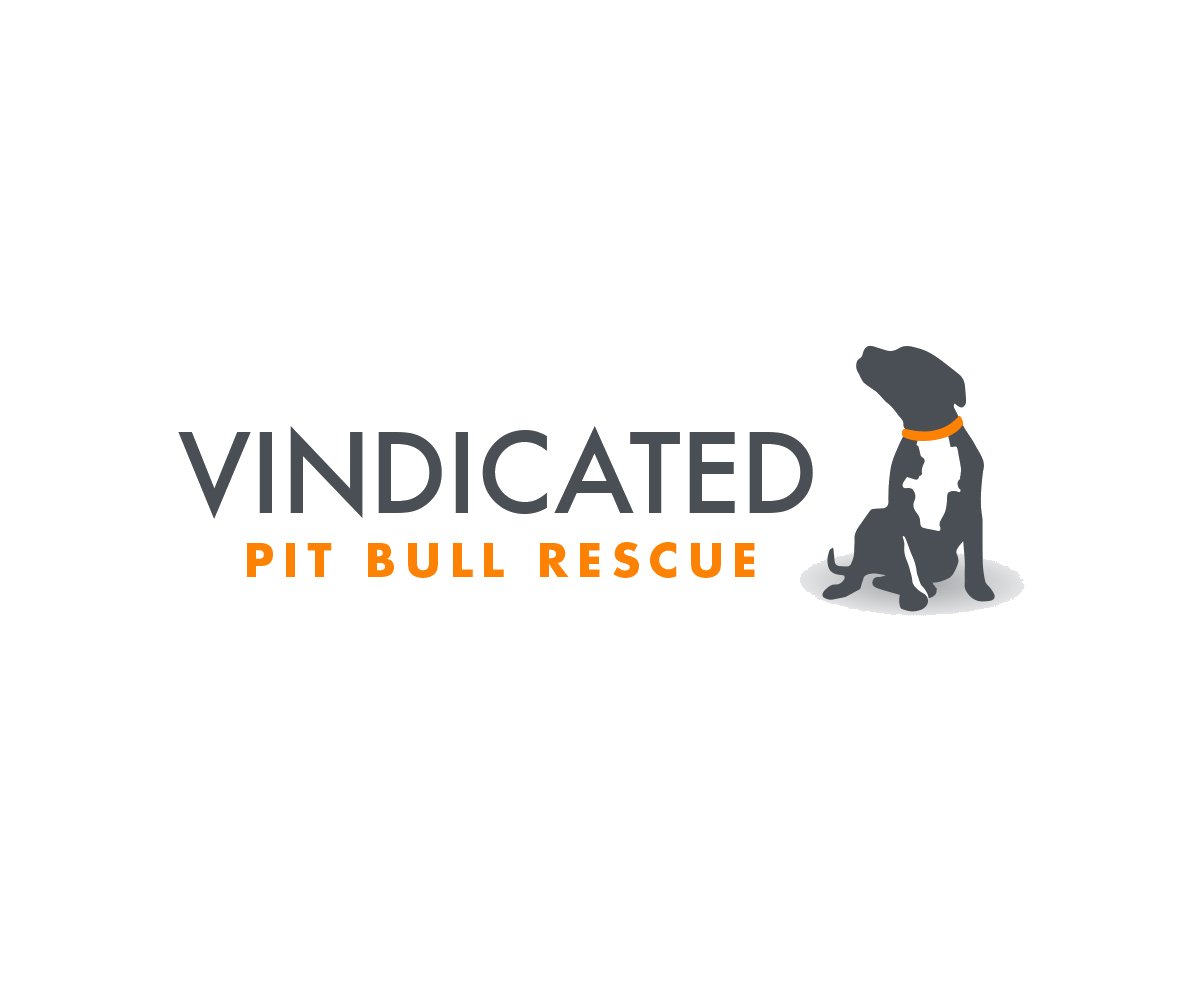Collars Matter: the Problem With Shock, Prong & Choke Collars.
All dogs are individuals, with their own needs and best methods of learning. However, we believe there is NO situation where a dog’s behavior should be corrected by or responded to with methods that inflict physical pain, discomfort or fear.
Aversion collars such as shock, prong, and choke chains, do exactly what their names describe— either shock, pinch or tighten around the neck of a dog. Theoretically, the point of these collars is to prevent unwarranted behavior such as pulling when on leash or barking too frequently (confusing because dogs bark…thats what they do).
The aversion collars listed above are proven to be linked to, spinal cord injuries leading to paralysis, fainting, crushing of the trachea with partial or complete asphyxiation, whiplash, dislocated neck bones, bruising, damage to the skin tissues in the neck, bruising of the esophagus, crushing and/or fracture of the bones in the larynx, brain damage and prolapsed eyes caused by sharp increases in pressure in the head, just to name a few (Pauli, et al., 2006).
It’s worth mentioning that the above information only touches on the negative PHYSICAL effects of aversion collars, and not the detrimental PSYCHOLOGICAL effects such as, increased negative behavior, elevated cortisol levels due to stress and nervousness, and disassociated environmental interaction (Cooper, et al., 2014).
If the above findings are not enough to call into question why aversion collars are still around, let's unpack this from a more practical, X’s and O’s approach. When a dog is taught to respond to negative stimuli like pain or discomfort, the dog is learning what NOT to do, but not what the correct behavior is. Aversion collars may suppress an unwanted behavior, but they don’t TEACH the dog what the proper behavior IS. At best, these collars are unpleasant for your dog, and at worst, they have potential to cause your dog to act aggressively towards you (Ziv, 2017).
If the end goal is to stop your dog from pulling when on leash or to bark less when indoors, positive training methods are always the best first choice. Even for the strongest, most muscular or headstrong dogs out there, aversion collars are proven not to be the best methods for training. Here at Vindicated Pit Bull Rescue, we use the Freedom Harness for every one of our dogs.
The Freedom Harness is a harness with two leash attachments, one in the back and one near the chest. When a dogs pulls or lunges while wearing a freedom harness, the front leash attachment redirects them toward the dog walker, while maintaining control with the back leash attachment. With a little patience and positive redirection, every walk can be a happy experience for both you and your dog. We believe so deeply in the Freedom Harness that we are offering an exchange! Give us your prong or choke collar and we give you a freedom harness for FREE.
“The greatness of a nation and its moral progress can be judged by the way in which its animals are treated.”
Aside from our rescue work, our goal is to help break down the rampant discrimination of pit bull "type” dogs. Through education, we as a collective can help de-criminalize and rewrite the false narrative society has perpetuated about dogs of bully breeds for decades. Part of this work requires being mindful of the stereotypes attached to these dogs (see Common Myths & Misconceptions of the Pit Bull Type Dog) and making sure that we are not contributing to them. Phrases and words like aggressive, locking jaws, feels no pain, and dangerous, have become synonymous with pit bull “type” dogs. For those who have experienced life with bully breeds know that the above could not be further from the truth.
Wondering where aversion collars come into play? How many of us have experience with neighbors crossing to the other side of the street when walking your dog? Yes, it’s frustration but most importantly, it is an indicator that there is fear associated with dogs of a certain appearance, build or body type. Now, imagine your dog was wearing a choke chain or prong collar at the time your neighbor saw you and your dog. What is the message that visual communicates? My guess is that it goes something like this:
“That’s an aggressive pit bull who needs an intimidating collar to remain under control.”
The damage is done. Our case and point, representation matters, and aversion collars feed a negative stereotype that has to go. As far as we are concerned, the way the community perceives and responds to dogs of the bully breeds makes a huge impact on how many we successfully rescue from death row in kill shelters. For those of us who have experienced the loving and kind-spirited nature of pit bull “type” dogs, it is our responsibility to promote how remarkable they are. It is our responsibility to help shape social consciousness in this way.
When we know better, we have to do better. Take advantage of our Freedom Harness Program and get vocal about why aversion collars have got to go. Lives of thousands of pit bull “type” dogs depend on us.
Click here to participate in our Freedom Harness Exchange Program
Academic & Peer Reviewed Sources:
Cooper, J. J., Cracknell, N., Hardiman, J., Wright, H., & Mills, D. (2014). The Welfare Consequences and Efficacy of Training Pet Dogs with Remote Electronic Training Collars in Comparison to Reward Based Training. PLOS. doi:https://doi.org/10.1371/journal.pone.0102722
Pauli, A. M., Bentley, E., Diehl, K. A., & Miller, P. E. (2006). Effects of the application of neck pressure by a collar or harness on intraocular pressure in dogs. Retrieved from https://www.ncbi.nlm.nih.gov/pubmed/16611932
Ziv, G. (2017). The effects of using aversive training methods in dogs—A review. Journal of Veterinary Behavior, 19, 50-60. doi:10.1016/j.jveb.2017.02.004
Other Sources:


